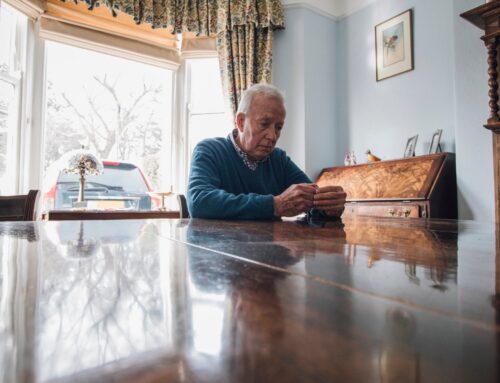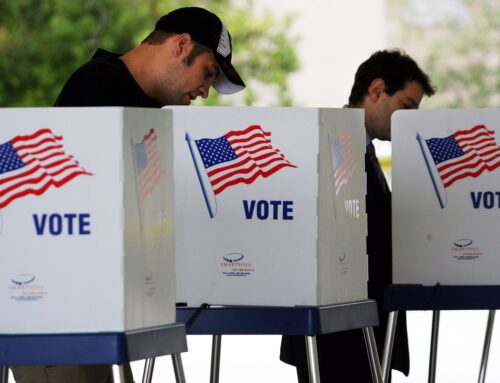According to the Red Cross, excessive heat has caused more deaths in recent years than all other weather events. To be safe, follow their suggestions:
- Check the contents of your emergency preparedness kit in case a power outage occurs.
- If you do not have air conditioning, choose places you could go for relief from the heat during the warmest part of the day (schools, libraries, theaters, malls, etc.).
- Listen to local weather forecasts and stay aware of upcoming temperature changes.
- Wear loose-fitting, lightweight, light-colored clothing. Avoid dark colors because they absorb the sun’s rays.
- Slow down, stay indoors and avoid strenuous exercise during the hottest part of the day.
- Watch for signs of heat cramps, heat exhaustion and heat stroke. Call 9-1-1 for anyone who starts to vomit or lose consciousness.
- Limit sun exposure between 10 a.m. and 4 p.m.
- Make sure to wear sunscreen, even if it’s just a few minutes in the sun. Don’t forget to re-apply often.
- Drink plenty of water, even if you’re not thirsty. Avoid drinks with alcohol or caffeine.
- Protect your eyes by wearing sunglasses.





